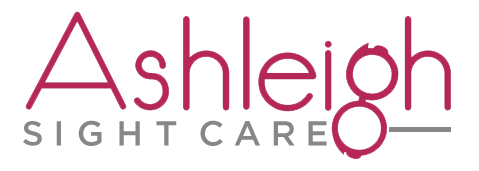Back to school eye tests
If your child is not doing as well at school as you expect, it could be that there is something about their sight or vision that is not right.

• Up to 1 million children in the UK currently have an undetected vision problem. (Statistics provided by the Eyecare Trust and based on DCSF 2009 School Census 0-12 year olds)
• Research shows that around 20% of school-aged children have an undiagnosed vision problem – that’s one in five children. (Professor David Thomson, City University, London)
• Over 90% of children visit a dentist regularly, whilst only 53% of children have ever had an eye examination. (Johnson & Johnson Vision Care Survey 2009)
• 84% of parents agree that improved vision would have a positive impact on their child’s performance at school. (Johnson & Johnson Vision Care Survey 2009)
Some children think that their blurred or ‘jumpy’ vision is normal and so do not complain or alert their parents that something is wrong. Occasionally, where word reading speed is concerned, some schools give children coloured overlay sheets (usually of an arbitrary colour) without first establishing if the vision is normal and/or if the colour they give is appropriate.
Free tests for children
Children are entitled to free eye tests and as one of the preparations parents make before the start of a new school year, we are urging parents to bring their children in for a comprehensive eye test at any of our five practices.
At Ashleigh Sight Care we can identify any area of eye or vision problems, of which children may be unaware, with an in-depth eye examination by one of our qualified optometrists. In most cases, we find that the eyes are normal and, even if a small prescription is present, we will not issue it unless there is a clinical improvement in vision. Just because a child may be long or short sighted, we have a policy that we do not prescribe glasses just because a prescription is found.
‘Dyslexia’ and Reading Speed
Overlay (coloured) sheets are sometimes issued by teachers in remedial or support classes at school on the basis that they may help. Often the colour is chose randomly by the child or teacher without any scientific research to prove that the chosen colour is of any benefit. In children where reading is not as good as expected or if ‘dyslexia’ is suspected, we can scientifically evaluate the correct colour and tint needed for an overlay. Our evidence-based assessment is carried out professionally with the use of computers and practical input … and not just issued at school based on approximation. It is often found that word reading speed increases following the use of a correct overlay sheet and that further (and more practical) improvement can be made with the inclusion of an appropriate tint in glasses

